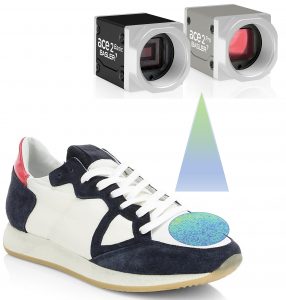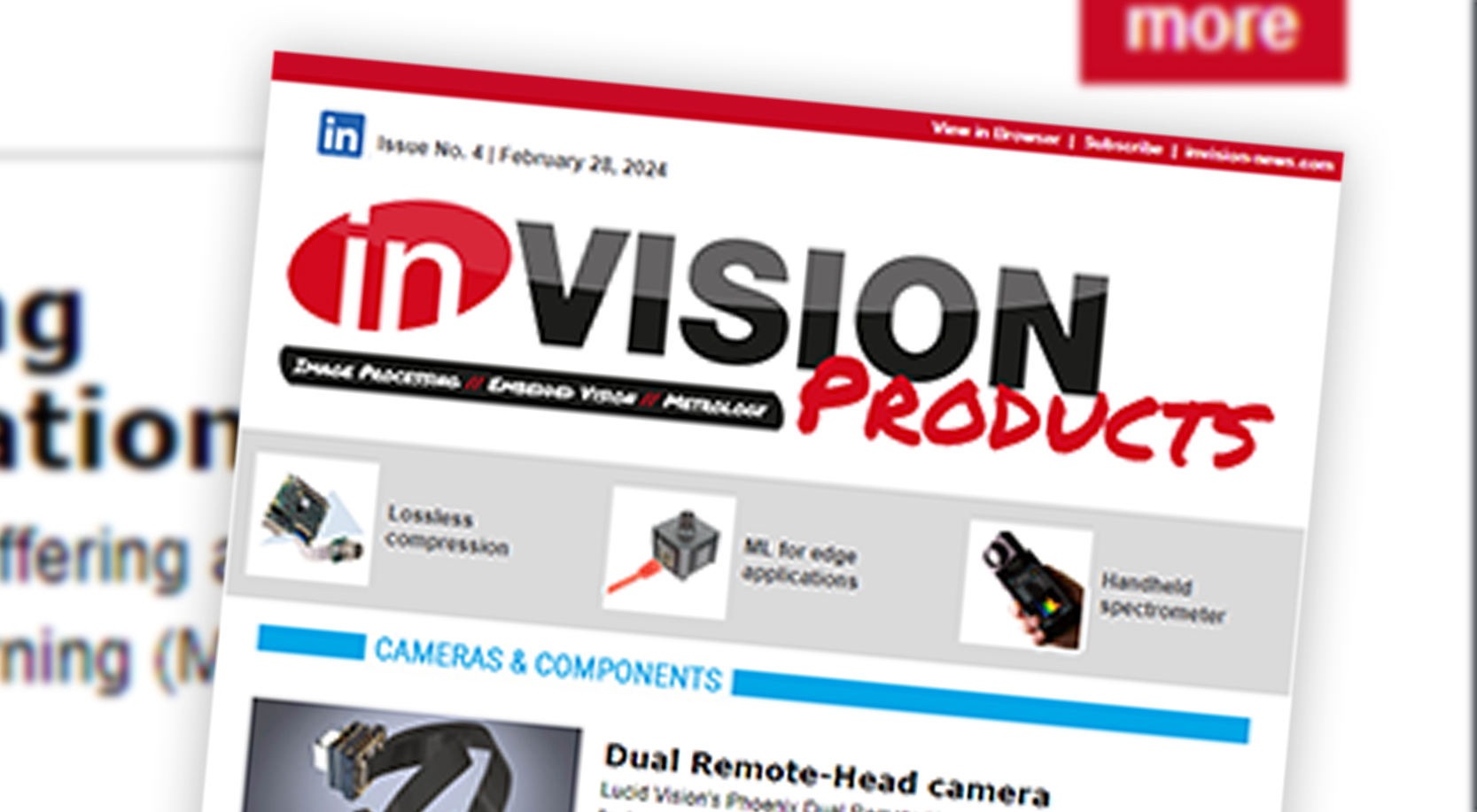Contactless Traceability System for off-the-Shelf Cameras
Alitheon’s FeaturePrint software enhances industrial cameras with algorithms that allow them to see pixel level details of any object and turn them into a unique ID. The math representing the object becomes like a digital fingerprint which can later be used for verification with common tracking and serialization tools.

The FeaturePrint software converts the microscopic surface details of products like sneakers, electric relays, gears, or even gold bars into a mathematically provable identity. Though two objects may appear identical to the eye, digital photographs and algorithms reveal thousands of tiny micro-regions or physical points of interest that are unique to each item. Automatic processing transforms these details into a digital code (FeaturePrint ID) ready to connect to existing workflows. Features are ext-racted at levels of detail impossible for counterfeiters to reproduce or for similar objects to duplicate. With easy retrofit into existing industrial and supply chain environments, users can quickly begin to trace items that were previously untraceable before.
How FeaturePrint works
A new object or product can be inducted into the system when a digital image is taken by a standard digital camera and then registered in the system with its own unique FeaturePrint ID. The FeaturePrint and associated data are stored in a secure, cloud-accessible database. When an object needs to be identified later for authentication purposes, another digital picture is taken and the FeaturePrint is again extracted and uploaded to the cloud. Alitheon’s algorithms compare the new FeaturePrint with those in the reference database and returns either a true or false indication to confirm whether the system has seen this specific object before. This process of registering or authenticating an item happens in milliseconds.
In addition to enabling serialization and traceability of objects within the system, standardized API interfaces allow customers to export event data into external systems for reporting and analytics or consolidation for parts provenance and import part or object data such as part serial numbers, date and location of manufacture to map to FeaturePrint information. Using this method, parts or assemblies can be registered and serialized at key supply chain and manufacturing sites. After delivery, an item may be authenticated once again, its traceability history updated from anywhere in the world.












